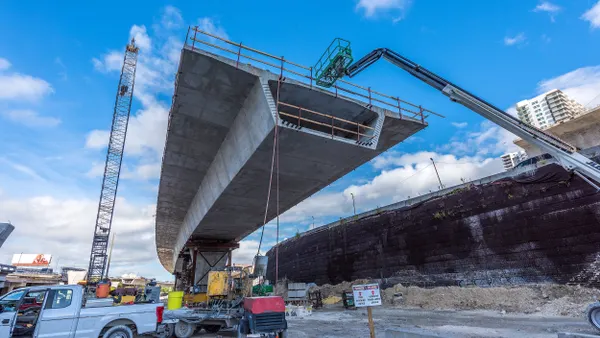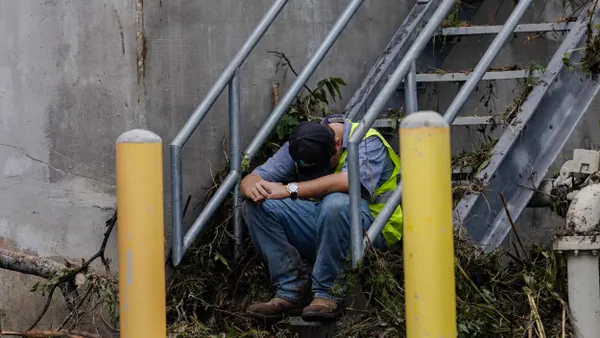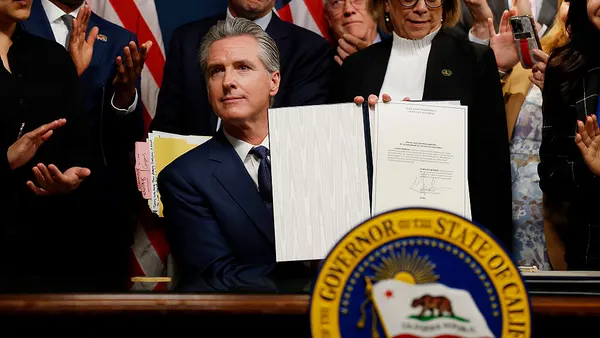Dive Brief:
- Coastal cities facing threats of rising sea change could be saved with a massive geo-engineering project that would use artificial snow to stabilize the fragile West Arctic Ice Sheet, according to a new study published in the journal Science Advances.
- Rising temperatures have already caused accelerating loss of ice in the Antarctic, and projections show the massive West Arctic Ice Sheet could disintegrate. That would cause at least 3 meters (10 feet) of sea level rise over centuries, threatening cities like New York, Tokyo, Shanghai and Calcutta.
- The study authors from Germany’s Potsdam Institute for Climate Impact Research suggest that turbines could pump seawater to the surface and produce upwards of 7,400 gigatons of artificial snow over 10 years to stabilize dwindling glaciers and preserve the ice sheet.
Dive Insight:
The study does not explicitly endorse the approach, which the authors acknowledge would be costly and require vast amounts of energy. Just lifting out enough water to create the snow would require the energy output of "12,000 high-end wind turbines," according to the study. In an interview with Reuters, study author and Potsdam climate scientist Anders Levermann said the world was "already at a point of no return if we don’t do anything."
As the effects of climate change accelerate, controversial geo-engineering approaches like producing artificial snow, removing carbon dioxide from the air or using chemicals to block solar radiation are being increasingly explored. The National Academy of Sciences has even convened working groups on the topic.
Scientists and policymakers are still focused on policies that will reduce emissions and transition the world to clean energy, like the strategies laid out in the Paris agreement. Geo-engineering is costly, unproven and carries ethical issues — but, as the Potsdam study suggests, such drastic measures may need to be taken if other policies don't happen quickly enough.
Cities, which face threats from rising seas and extreme weather, have focused more on conventional emissions-reduction policies, even ramping them up beyond the original Paris agreement commitments. In an email, Ted Parson, a professor of environmental law at the University of California, Los Angeles (UCLA) told Smart Cities Dive it was unlikely that cities would take a leading role in investing or researching geo-engineering projects, even as they face sea level rise. Cities are "too small, and the connection to benefits to their citizens is too remote," Parsons said.










